Fine motor skills are essential for a student’s growth and education, especially from birth to age eight. Building fine motor skills helps increase creativity, foster independence, improve writing and drawing skills, and grow hand-eye coordination. With fine motor skills being so essential to education and growth, methods of developing those skills should be implemented into as much instruction as possible. And what better way is there to grow fine motor skills than with growing STEM skills as well?
Developing STEM and fine motor skills together is just like peanut butter and jelly, a perfect match! Here are a few activities that I love to do to combine both STEM and fine motor skills:
Build Structures with STEM Materials
Building with popsicle sticks, building bricks, or playdough is a great way to build fine motor skills and engineering skills. Using bricks or popsicle sticks requires the students to pick up the materials and place them down or connect them, building hand-eye coordination. In the case of the playdough, students will exercise rolling and squeezing which helps to build muscles in the hands and fingers while helping develop the pincer grasp.
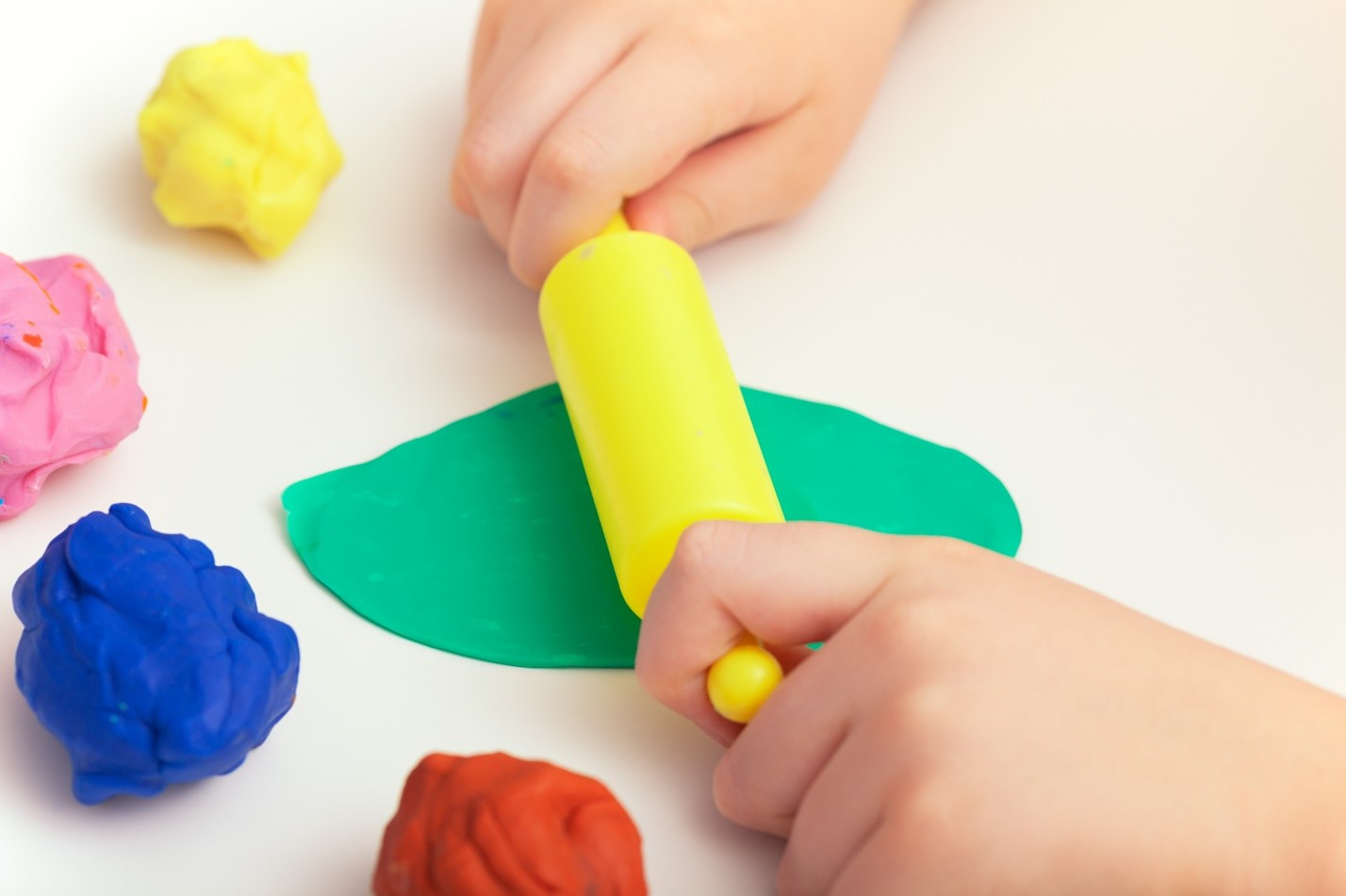
These building tools will teach students how to engineer and while improving fine motor skills. Personally, building bricks are one of my favorite classroom materials because students are not only engineering but are given the opportunity to be as creative as they would like.
Make Chemistry Mixtures
Making your own slime, oobleck, or playdough allows students to get messy to make a product. They will have to measure, scoop, and mix different items to create something. Making these mixtures can have many benefits. It helps build the muscles in their hands, improves math skills, and increases their understanding of the science behind their mixture. Plus, if you make your own playdough, you can build your own structures and grow engineering skills too. Or use conductive dough to engineer an electrical creation!
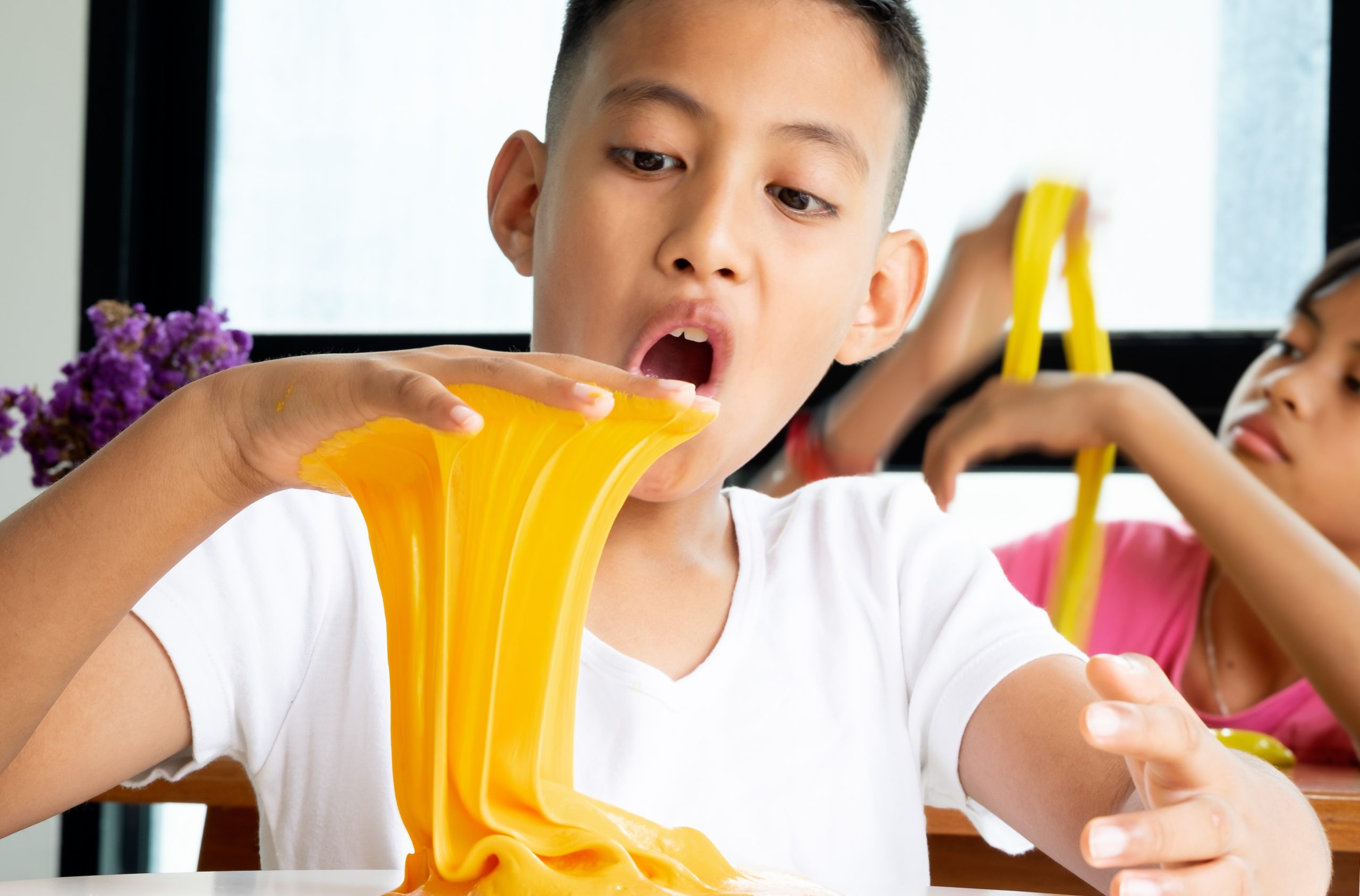
Use Real Science Lab Tools
Small science experiments that involve lab tools will improve a student’s pincer grasp while teaching them various science experiments in the process. The experiments could be something simple, such as having students squeeze eye droppers of different liquids (orange juice, soda, water, apple juice) onto sponges to see which liquid is absorbed the most by the sponge. This small tool is a powerful way to grow fine motor skills while being exposed to the scientific method.
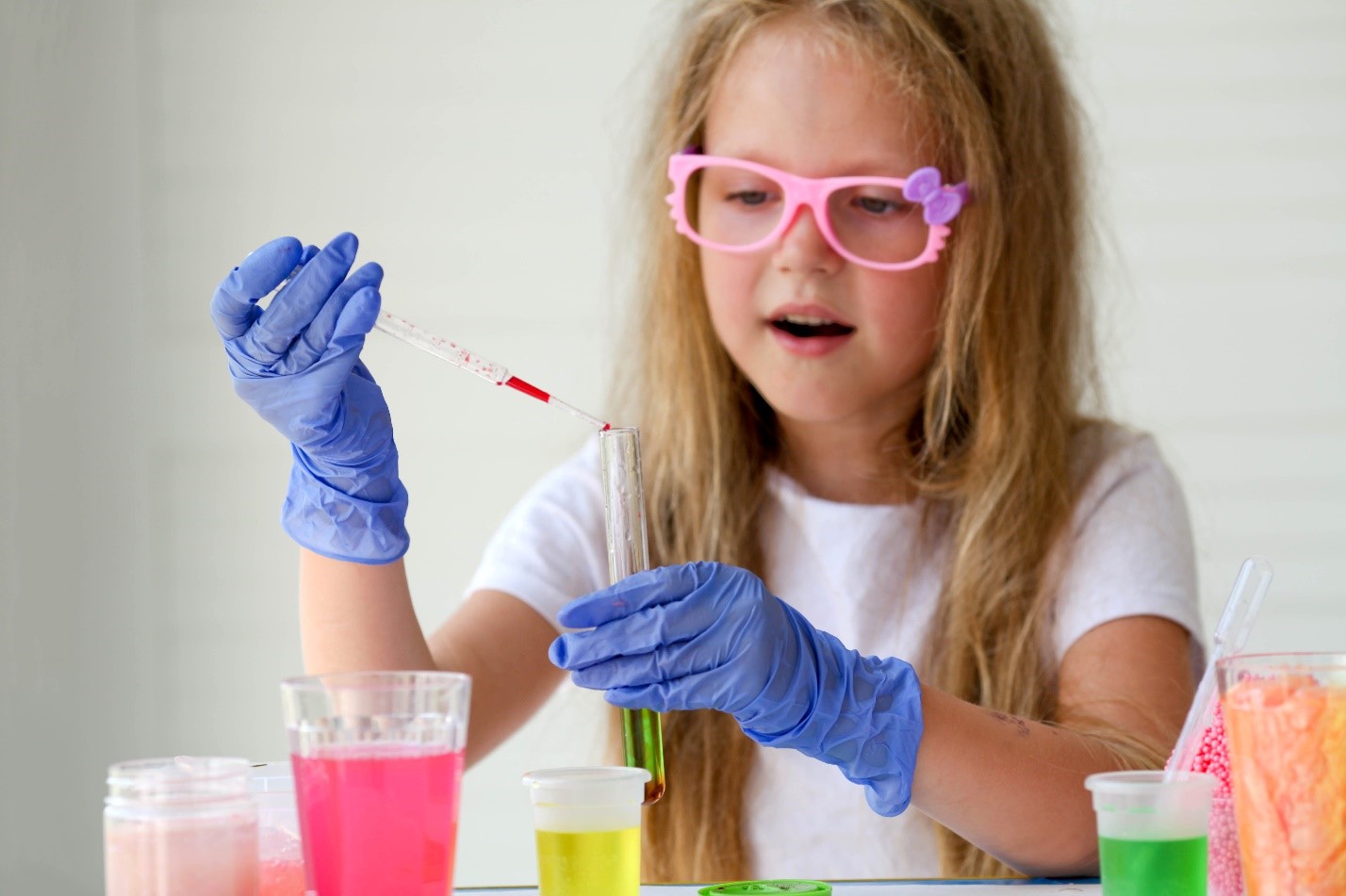
Explore Sensory Bins
In your classroom, you can create sensory bins that students can use as STEM stations. Students can use different utensils in the sensory bins to pull out either a number, number words, or sight words. The items in the bins are another great way to grow the pincer grasp. Growing the pincer grasp will help grow handwriting skills in a super simple station!

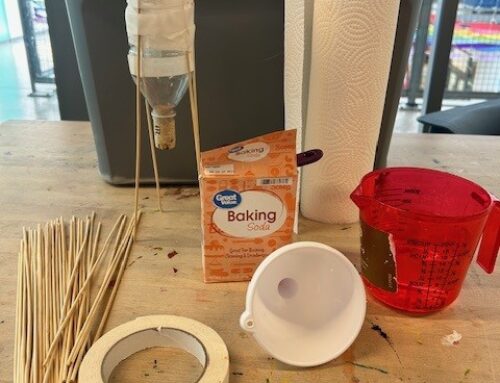

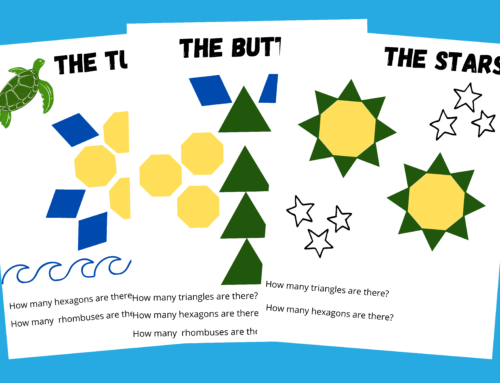

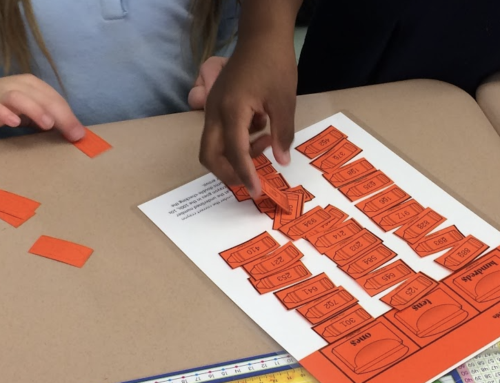

Leave A Comment